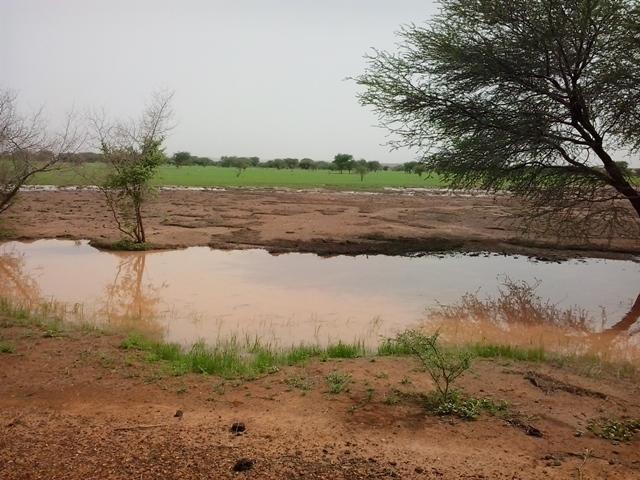For the past three days, murderous violence has been taking place between the Fulani and Dogon communities in the Center. From some localities in the Koro circle, the conflict spread to the Burkinabe border where it fueled old tensions between the ethnic groups. About ten people were killed, local sources said.
Everything started last Friday, according to local sources, when a great hunter and a wealthy Dogon were murdered by people suspected of being “jihadists” in the Gondogourou locality, Diankabou commune. Joined by Sahelien.com, an elected representative of the rural commune of Koro explains that the hunter was attacked when he was returning from the Dounan fair, 45 km from the capital of the circle, by young Fulani suspected of being linked to the extremist groups who scour the region. On Saturday, the Dogons attacked the Fulani village of Nawadie in retaliation, resulting in a reaction of the Fulani yesterday Sunday and deaths on both sides.
“For the Dogons, it is the Fulanis who are behind these acts. People got pissed. And this is how the clashes began and moved to other places where it raised old conflicts related to a pastoral zone between the two communities” near the border with Burkina Faso, says Amadou Perou, a school director in the area and living about 10km of the places of violence.
The violence, according to local sources, resulted in the deaths of about ten people from both communities. The same sources added that the clashes continued again this Monday around noon and caused “innumerable displaced” among the populations. The Kisal Observatory announced a heavier assessment stating that “the situation remains confused”.
“We alerted the gendarmerie and the National Guard in Koro but they did not move. They said that elements of the army must come from Sevaré”, said Mayor of the commune of Diougani, Madio Damé to Sahelien.com. At 4 pm, the bodies were still in the open: “we are not able to bury them”, said another former mayor who announced the arrival of a detachment of the Malian army at the scene of the clashes.
For this NGO coordinator based in Sevaré, who runs through this area, this violence is not “a surprise”, because “the rainy season is here, and there are usually tensions between the two communities linked to the fields, blockades around the pastoral tracks that prevent transhumance. There are predispositions to confrontations related to the economy, history and behavior of the army”. Indeed, in this zone the Malian army is accused of using the Dogon hunters as a scout to track the Fulani accused of being terrorists.
A security source in Bamako confirms the “regrettable violence” adding that measures are being taken. However, according to the security plan for the central regions established by the Malian authorities, the army and security forces are very weakly present in the area.
The Center of Mali has long concentrated many inter-community conflicts. From 2013, the disappearance of State control over the area for the benefit of extremist groups fueled these conflicts.

